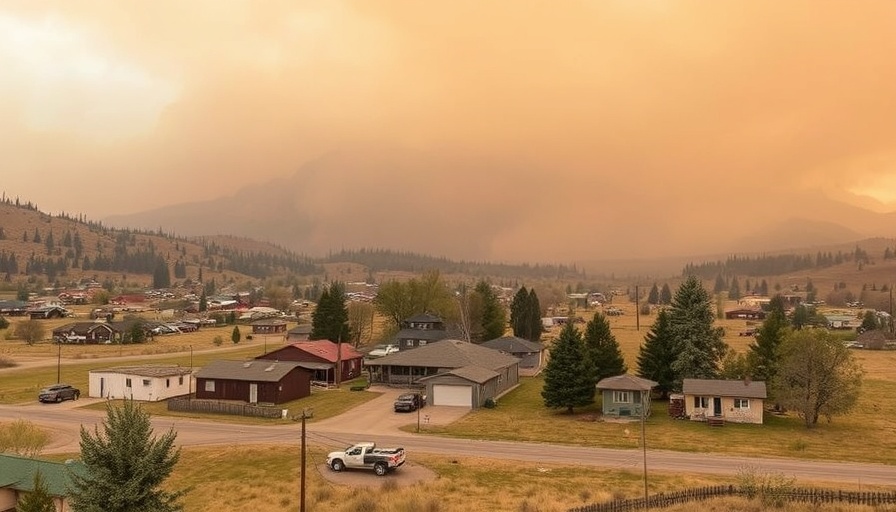
Why the DRC's Oil Drilling Plan Poses a Threat to Gorillas
The Democratic Republic of the Congo (DRC) is set to auction over half of its territory for oil and gas drilling, including crucial habitats for endangered species like mountain and eastern lowland gorillas. Covering approximately 306 million acres, this region boasts nearly two-thirds of DRC’s undisturbed forest and is critical for both wildlife conservation and local human communities that depend on these forests for survival.
The Forests' Vital Role in Climate Stability
Beyond their ecological significance, these forests play a key role in combating climate change. The Cuvette Centrale region, for instance, is the world’s largest tropical peatland complex, storing around 30 gigatons of carbon. Any disruptions from drilling could release significant amounts of carbon into the atmosphere, worsening global warming.
Impact on Indigenous Communities and Biodiversity
This planned oil exploration not only threatens wildlife but also endangers the lives of approximately 39 million Congolese people, many of whom rely directly on forests and rivers for food, shelter, and cultural identity. Community activist Pascal Mirindi has raised critical concerns about the inconsistency of the Congolese government’s policies, especially since they simultaneously promote the Kivu-Kinshasa ecological corridor aimed at conservation.
The Collision of Conservation and Exploitation
With 72% of the Kivu-Kinshasa Green Corridor overlapping with oil blocks, the integrity of both this ecological corridor and the biodiversity it supports are at severe risk. The DRC government must balance economic development with environmental stewardship to ensure a sustainable future for both wildlife and local communities.
Global Ramifications and Climate Justice
The implications of DRC's oil drilling plan extend far beyond its borders. As one of the most biodiverse regions on the planet, the loss of habitats here would send shockwaves through global ecosystems. Climate change knows no borders; thus, decisions made in the DRC concerning its natural resources have worldwide consequences. Environmental activists worldwide cite this scenario as an urgent emblem of climate injustice.
Take Action for Sustainable Futures
As concerned citizens, we can advocate for better policies that prioritize ecological conservation over short-term financial gain. Supporting organizations that strive to safeguard the DRC's forests and its wildlife can lead to substantial change. The actions we take now can help protect the planet’s biodiversity for future generations.
In summary, while the potential for oil revenue in the DRC is tempting, the long-term costs to the environment, biodiversity, and local communities far outweigh immediate economic benefits. Sustainable development is not only a choice but a necessity for a thriving planet.
 Add Row
Add Row  Add
Add 





Write A Comment